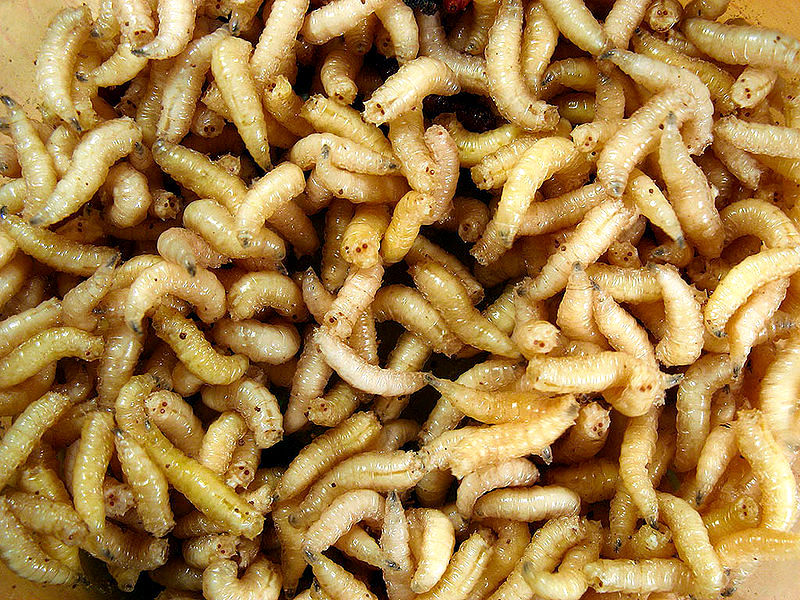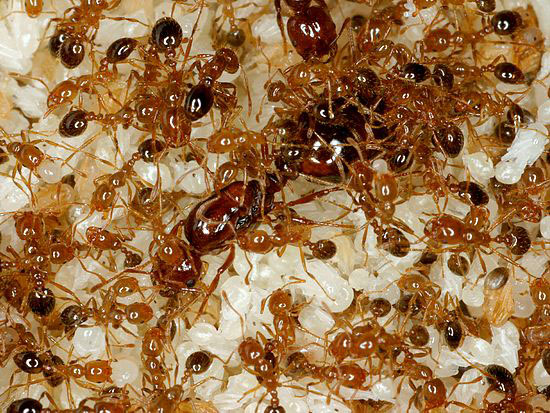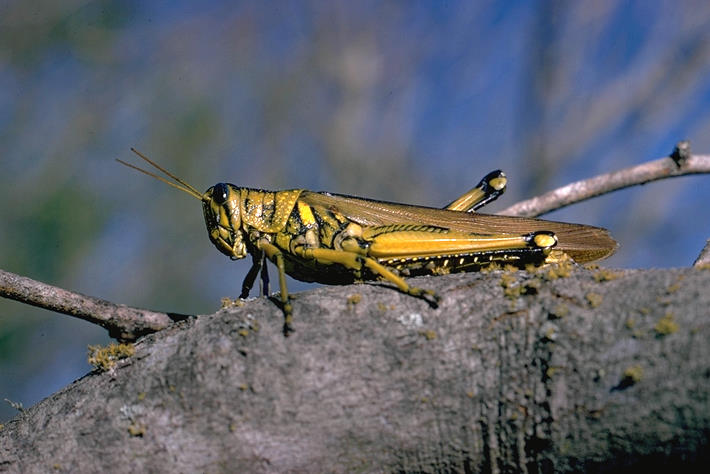Insects
Insects are a crucial element of every biome. They help reduce disease by consuming rotting corpses and help cross pollinate flowers and crops. For some native peoples of the coastal region, insects served yet another function: food. Crawling and flying insects are a reliable source of protein and even a delicacy among many different cultures of the world.
Although there is scant archeological evidence of this part of the native diet in the coastal region of Texas, there are several accounts by explorers commenting on the consumption of grubs, larvae, and other bugs. The Spanish explorer Cabeza de Vaca, who lived among several native groups in the region in the early 1500s, wrote in his account (La Relación) that although they killed deer and fish, “their hunger is so great that they eat spiders and ant eggs and worms... and the dung of deer, and I believe truthfully that if in that land there were rocks, they would eat them.”
Cabeza de Vaca also states the Mariame also ate crickets and cicadas and maggots that infested old fish remains. Since insect remains do not preserve over extended periods of time, it is impossible to know how much of the native diet was composed of insects. By some accounts, coastal groups placed meat and fish out in the open to attract flies and larvae, which were eaten along with the flesh. Other insects, such as grasshoppers and crickets, likely were eaten, based on evidence from ancient coprolites (preserved human feces) from dry caves in the adjacent Lower Pecos canyons.


